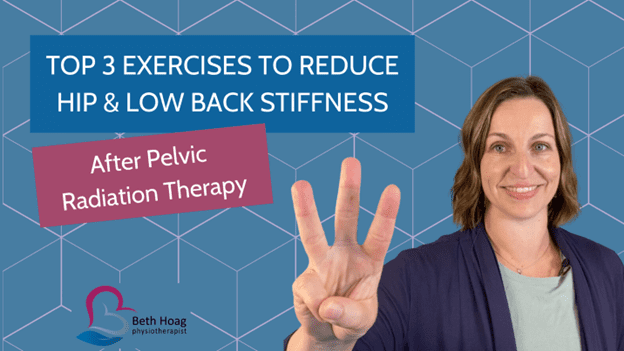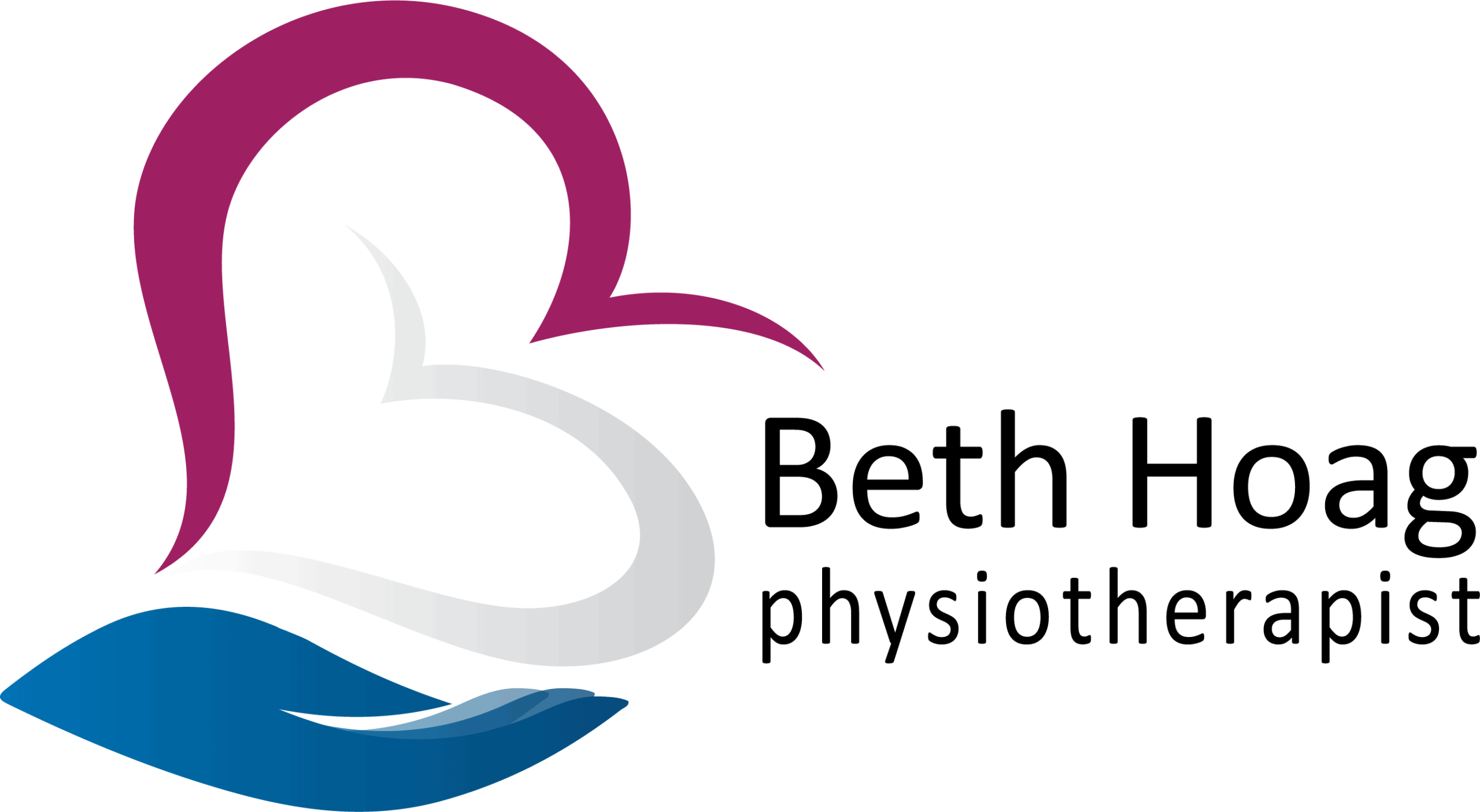Yep… we’ve all been there.
Pushed our body beyond its physical ability in the moment. Distracted our minds so we can “just get it done.” Gotten caught up in the joy of the moment only to realize we ignored the physical signs that we were doing too much.
And then we have paid the price…
Our muscles and joints were sore. We were completely exhausted. Thankfully an early bedtime, a good night’s sleep and maybe a Tylenol was all we needed to bounce back the next day.
The challenge is that, for many people, going through cancer treatment changes the playing field… big time.
How Cancer Treatment “Changes the Playing Field”
Treatment Side Effects
Going through cancer treatment means living with a range of side effects. Surgery, chemotherapy, radiation, hormone therapy and immunotherapy all have unique side effects which may require you to temporarily stop or modify how you do some of your regular and favourite activities. Some of these side effects are very short-term (such as nausea after chemotherapy) but others (such as cancer-related fatigue) may be longer lasting.
Recovery Time
Many people don’t “bounce back” after “overdoing it” and need longer to recover than before they began cancer treatment. The consequence of doing too much can be several days of recovering, which can be extremely frustrating and emotionally deflating for many.
Consequences of “Overdoing It”
During and after cancer treatment, “overdoing it” can have bigger and longer lasting consequences:
- Energy: depleting your energy tank may leave you with overwhelming fatigue that may take days from which to recover.
- Muscle and joint aches: this may leave you sore for days, possibly impacting your sleep quality and limiting your ability to further participate in regular activities.
- Lymphedema: the sudden increased load on your lymphatic system may flare up your lymphedema or possibly put you at a temporary increased lymphedema risk .
- Healing: if you are still healing from surgery, this could delay healing or increase infection risk (if your wounds re-open)
- Emotional: all of these physical setbacks can leave you feeling frustrated, angry and even downright sad.
How To Work WITH Your Body (Instead of Against It)
Going through cancer treatment may sometimes mean taking a pause on some of the activities you enjoy. As you begin to feel a little better (say a couple of weeks after surgery or between chemotherapy rounds, for example), it is natural that you want to get back into some of the things you love to do. Perhaps you have missed working in the garden, playing with your children, or going for a bike ride. Maybe those “dust bunnies” in the corner are driving you crazy or that pile of paper on your desk is calling your name. Regardless of the activity, pacing yourself is the best way to set yourself up for success.
Here are my Top 5 Pacing Tips
1 – Less is more
When first getting back into an activity, “test the waters” by doing only a little bit on the first day. You’re better off starting with only 20 minutes of gardening (for example) and building up from there.
2 – Plan a “hard stop”
Before you start your planned activity, make a solid plan for how long you’re going to do it. In other words, when is your “hard stop?” After 20minutes? After you’ve done “X” amount of something? Even if you feel like a Rockstar at your pre-planned stopping time, commit to the “hard stop” as there may be a delayed reaction to how you feel later on that day (or the next day.)
3 – Communicate your plan with others
It’s easy to get caught up in the moment with others. It’s also sometimes hard for others to understand your physical and energetic boundaries if you look like you’re having a good time. This is why sharing your pacing plan and “hard stop” criteria with others can both help you follow your plan and also set clear expectations with others so you don’t feel like you’re letting them down.
4 – Get creative
There may be aspects of an activity that you’re having difficulty doing. For example, if your mobility is still limited due to ongoing recovery from surgery but you need to reach things on the top shelf, you’ll need to get creative about how you do this. Maybe you have a sturdy step ladder you can use. Maybe you can ask a friend or family member to help you out. Maybe you could rearrange things so they’re more accessible on a lower shelf. Have fun finding creative and safe ways to do what you love!
5 – Enjoy the process
Sometimes we get so focused on what we can’t do, that when we are finally able, we plough through the process with only the end goal in mind (e.g. get the lawn raked). Instead, what if we explored the activity with a sense of curiosity and playfulness? Finding joy in the ability to garden for 20 minutes (vs not at all) can be incredibly fulfilling. Try noticing and using all of your senses (sight, sound, smell, touch, and taste) to fully experience the activity in a new way. You might surprise yourself by how much more you enjoy the process!
I know it’s easier said than done, but a little planning can go a long way to preventing unnecessary injury, excessive fatigue and emotional setbacks. It exciting to get back into doing what you love, and a little planning will keep you on the right track!
Disclaimer – These blogs are for general information purposes only. Medical information changes daily, so information contained within these blogs may become outdated over time. In addition, please be aware that the information contained in these blogs is not intended as a substitute for medical advice or treatment and you should always consult a licensed health care professional for advice specific to your treatment or condition. Any reliance you place on this information is therefore strictly at your own risk.





